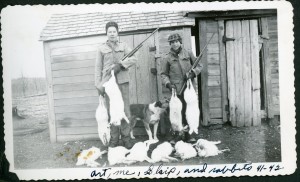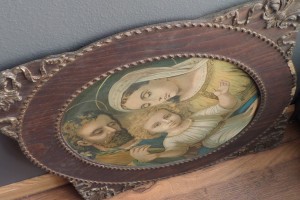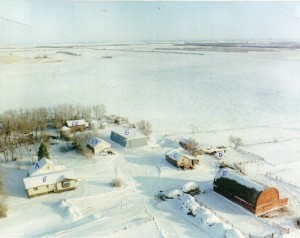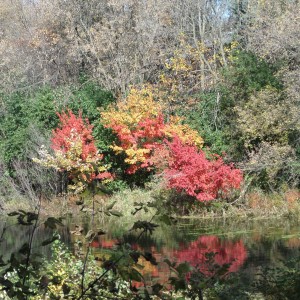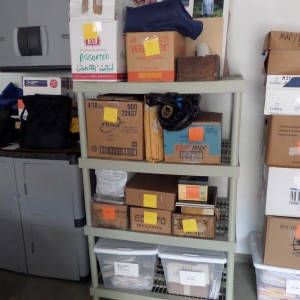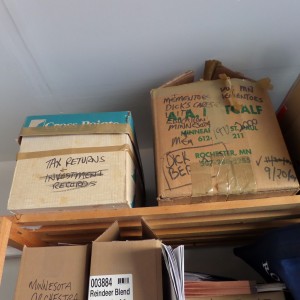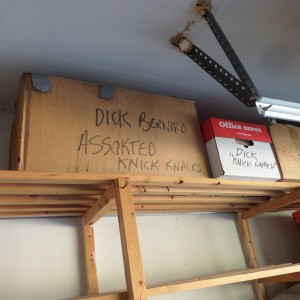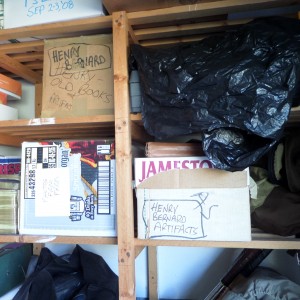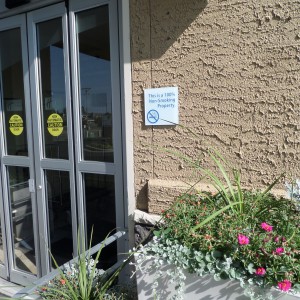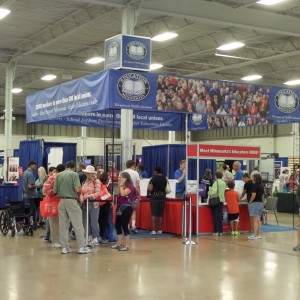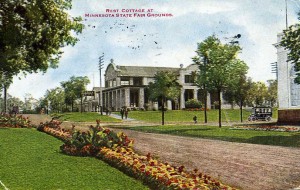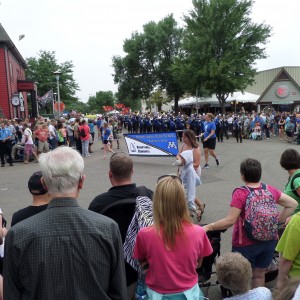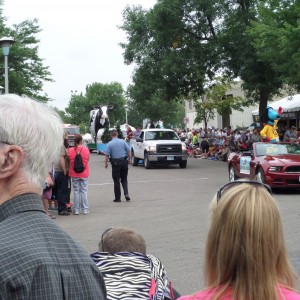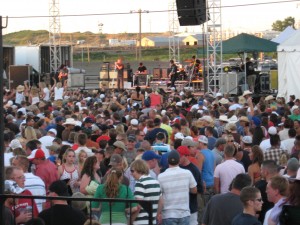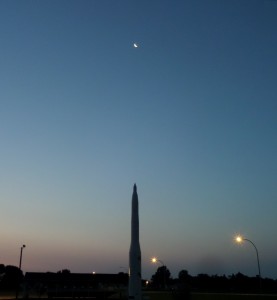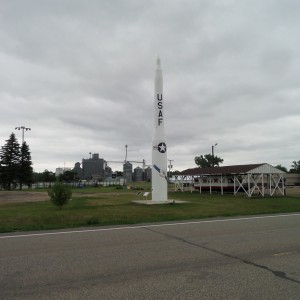NOTE TO SUBSCRIBERS: An earlier version of this post has been updated below,including more content, links and photographs. This post was picked up by Twin Cities on-line newspaper MinnPost on Oct. 1, and can be read here.
After publishing this blog, I received a note from the coordinator for North Dakota Studies at the State Historical Society of ND. Neil Howe noted “We provide print and online resources to teach North Dakota history, geography, and citizenship in the schools of ND. You may know that teaching North Dakota Studies in ND is required at grades 4, 8, and high school. We are one of only a few states with this requirement — and we take pride in that.
You may want to visit the North Dakota Studies website here. I think you may find lots of interesting information about ND.”
*
November 2, 2014, is the 125th birthday of North Dakota – the 32nd state of the U.S. Today, October 1, 2014, is the 125th anniversary of the day North Dakotans ratified their new Constitution in 1889.
Happy Birthday!
(click to enlarge all photos)
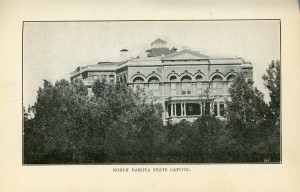
North Dakota State Capitol as pictured in 1911 North Dakota Blue Book.
North Dakota is my home state. Many North Dakota towns and cities have earlier celebrated their 125th. Sykeston, where I graduated from high school in 1958, celebrated its 125th in 2008.
Some serendipity happenings cause me to give focus, this day, to the original Constitution of the State of North Dakota. (History of the North Dakota State Capitol buildings can be read
here. The original building was built in 1883-84, burned down in 1930, and was replaced by the present skyscraper of the prairie in 1934.)
Most of the text and illustrations which follow come from the 1911 Blue Book of North Dakota, which I found this summer amongst the belongings at the
LaMoure County farm where my mother grew up. In the books illustrations (below) you see evidence of pencil scrigglings. Most likely, they were made by my then-two year old mother, Esther: she was born in 1909, and by the time this book was at the farm home, she was probably at the age where a pencil and paper had some relationship together. (The final picture, at the end of this post, is of the first page of the book. Likely an Esther Busch original!)
(click to enlarge)
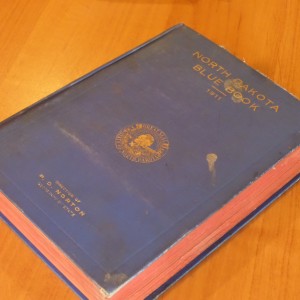
The cover of the “red, white and blue” Blue Book of North Dakota, 1911
The official story of the history of North Dakota, as told in 77 pages of the text of the 1911 ND Blue Book is accessible as follows:
1. The 1889 Federal Enabling Act leading the Constitution is here:
ND Enabling Act 1889001 (13 pages)
2. The text of the 1889 Constitution of North Dakota is here:
ND Constitution 1889002. (57 pages) At page xxviii is the vote by county for and against the Constitution.
(North Dakota’s Constitution, when completed, was over 200 handwritten pages, a fact I didn’t know till I was trying to locate a copy of it.)
3. The summary history of the state and Dakota Territory, its predecessor:
ND TerrHist writ 1911 002 (7 pages)
[See note at end of this blog].
North Dakota’s history, like all places, then to now, is complex.
For anyone interested there are a great many sources and observations interpreting North Dakota’s early history and the torturous course of its Constitution pre and post 1911. Between statehood in 1889 and 1911, when this book was published, there had been great changes in ND, with extremely rapid growth. It was doubtless an exciting time on the prairie; a time of transition.
Elwyn Robinson, author of the
definitive history of North Dakota, gives this description of the beginnings of the ND Constitution Convention in 1889:
ND Constit – Robinson001.
Complex as it was, it seems that the ND process was very civilized compared with the earlier Constitution deliberations leading to Minnesota statehood in 1858. Secretary of State Mark Ritchie, in the 2009 Minnesota Blue Book, has this account of the Minnesota Constitution Convention:
MN Constitution Hist001
Of course Constitution history does not end with enactment. Re North Dakota, Dr. Jerome Tweton much later wrote an
interesting commentary on a later effort to redo the oft amended original Constitution of North Dakota.
The rest of us.
Of course, such recountings as shared above, tend to overlook the ordinary human element – people like ourselves. The recounting is of power transactions, in the old days, virtually all made by educated white men, setting the ground rules for the society in which they lived.
In 1910, North Dakota had 577,000 or so population (today, approximately 700,000). That would mean 577,000 individual stories.
Here, very briefly, are snippets of four human stories, those of my grandparents.
The person who acquired and then saved the 1911 Blue Book was my grandfather Ferdinand W. Busch.
He and his wife, Grandma Rosa (Berning), came to the pioneer farm between Berlin and Grand Rapids from extreme southwest Wisconsin (a few miles from Dubuque IA). They married Feb. 28, 1905, and the next month came west to virgin prairie.
Grandpa Fred Busch seems always to have had an active interest in politics, and it is probably thanks to him that I now have this precious old book. (Rosa would have little of this political stuff: there were mouths to feed, after all. When Grandpa ran unsucessfully for County Auditor in 1924, my Aunt Mary once said, Grandma, now with the franchise, campaigned against him!)
Their farm was purchased from the father of Milton R. Young, long time ND U.S. Senator. Fred knew Milton well, personally. They are buried, literally, across the road from each other just outside of Berlin. My mother worked at one point for Milton and his wife at their farm on the edge of Berlin.
Fred became a Non-Partisan League advocate, and later in life especially liked Sen. Bill Langer.
Dad’s side of my family preceded ND statehood.
My grandmother Bernard, then Josephine Collette, was born eight years before statehood at St. Andrews, where the Park and Red Rivers come together in Walsh County ND. Her parents came to ND in 1878; several uncles and Aunts came west about the same time, just before the great land rush.
Her uncle, Samuel Collette, who migrated to the St. Paul MN area from Quebec in 1857, was the first family member to see North Dakota. He was part of the Minnesota Mounted Rangers in 1862-63, a soldier in the so-called
Indian War, and likely was with that unit in 1863 when it reached what later became Bismarck. This was a few years before Interstate 94.
I don’t recall much talk of politics by Grandma or Grandpa, though I think Grandma had a Collette Cousin who was a ND State Senator for a long while.
In the reverential description of the ND flag in the book (see below), I found most interesting the many references to the Spanish-American War in the Philippines 1898-99.
Grandpa Busch, Mom’s Dad, would not, in 1911, have had any idea that his future brother-in-law, my Grandpa Bernard, Dad’s Dad, who came to Grafton from Quebec about 1894, was in at the beginning of that long war, spending an entire year in the Philippines, part of Co C, Grafton.
Where that ND flag was, there was Grandpa Bernard.
I have visited Manila, Pagsanjan and Paete, all mentioned in that description.
North Dakota was one of the earliest enrollees to support that war in the spring of 1898. Of course, the “Roughrider”, Teddy Roosevelt, had spent two important years in ND in the mid 1880s, living in the Badlands not far from todays Medora. In a way, by 1898, Theodore Roosevelt had become a North Dakotan.
Without knowing it, the two ND families were already “tied” together.
(Another book found at the Busch farm is one about the Spanish-American War written at the time of the war in the grandiose style of the time.)
Every family has their own stories. These are only five small snips.
And every state has its symbols.
Here are the 1911 descriptors of the Wild Prairie Rose, North Dakotas State Flower, and the North Dakota Flag:
ND Flower Flag 1911 002. These are the only state symbols within the book.
There is no descriptor of the North Dakota Seal in the 1911 book.
Here is a more current interpretation of that Seal.
(click to enlarge)
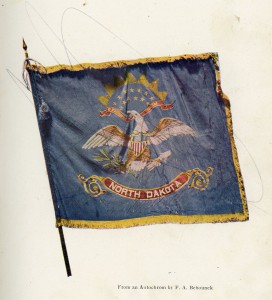
ND Flag, as presented in the 1911 North Dakota Blue Book. Scribbles likely compliments of then 2-year old Esther Busch.

ND State Flower, the prairie Wild Rose, as presented in 1911 ND Blue Book
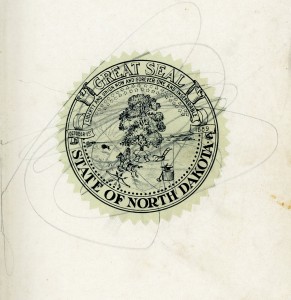
Great Seal of North Dakota in 1911 ND Blue Book. Scribbles likely contributed by then 2-year old Esther Busch of Henrietta Township, rural Berlin ND.
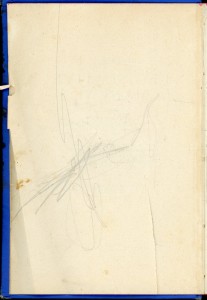
Likely artiste, Esther Busch, in the 1911 North Dakota Blue Book.
Esther Busch went on to Henrietta Township School #1 near Berlin ND, thence to St. John’s Academy in Jamestown, thence Valley City State Normal School. She became a North Dakota Public School elementary school teacher in the late 1920s, met her future husband Henry Bernard at Valley City State Normal School, and
together they taught a total of 71 years in North Dakota Public Schools.
re ND TerrHist link (#3 above): At page four of the link you’ll find the population of ND by decades until 1910. Succinctly, the population grew by 75% from 1890 to 1900, thence 80% from 1900 to 1910 to a 1910 population of 577,000.
That more or less remained the population of North Dakota until the recent oil boom.
They say ND is now about 700,000; In the 1960 census, when I was a junior at Valley City State Teachers College, ND population was about 630,000. When I did the Busch family history some years ago I looked up the population of Berlin, which was platted in 1903 and incorporated in 1906. Berlins highest population ever was in 1910, 137 people. It was all downhill from there. The current population of Berlin, ND is about 35. Here’s how it looked about 1910:
Berlin ND early pre-1910001
A small photo album.
click on all photos to enlarge them
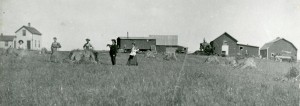
Busch farm harvest time 1907,. Rosa Busch holds her daughter Lucina, Others in photo include Ferd, behind the grain shock; Rosa’s sister, Lena, and Ferds father Wilhelm, and young brother William Busch. It is unknown who was unloading the grain in background. Possibly, it was Ferds brother, Leonard, who also farmed for a time in ND.
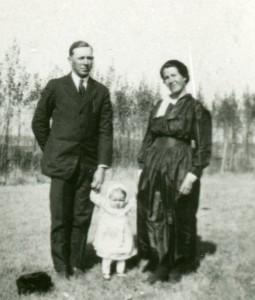
Ferd and Rosa Busch with first child, Lucina, in yard of their farm home likely Fall 1907
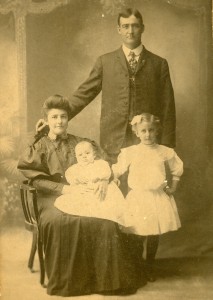
Josephine, Henry, Henry Jr and Josephine Bernard, Grafton ND 1908
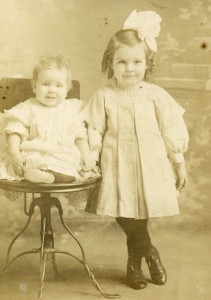
Esther and Lucina Busch, rural Berlin/Grand Rapids ND 1910
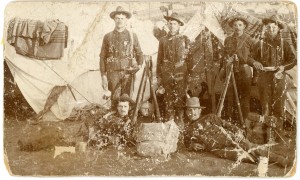
Henry Bernard (top left) and Josephine’s cousin Alfred Collette (lower right) ready to embark for Philippines from Presidio San Francisco summer 1898.
(If you enlarge Alfred Collette’s head (lower right) you can see that his hat is emblazoned with 1st North Dakota text.)
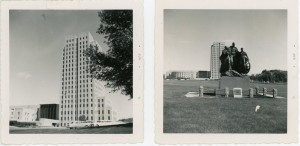
North Dakota State Capitol June 1958 photos by Henry Bernard.
